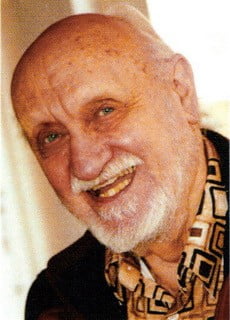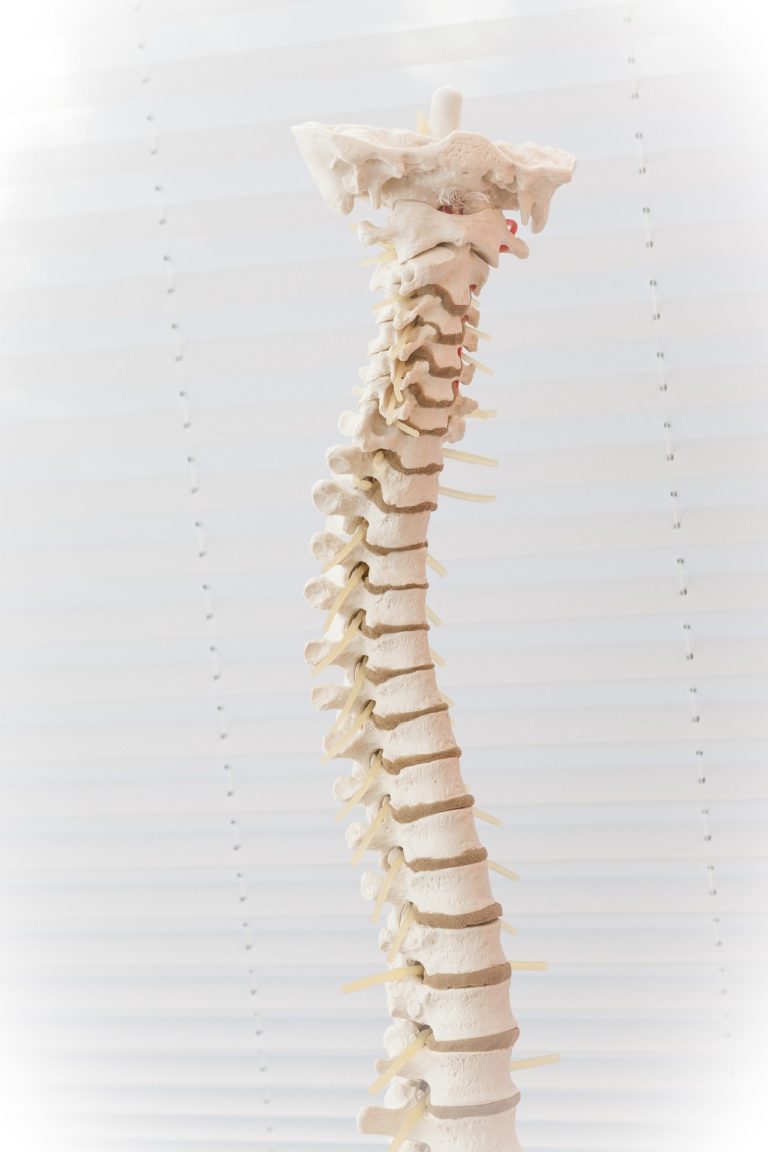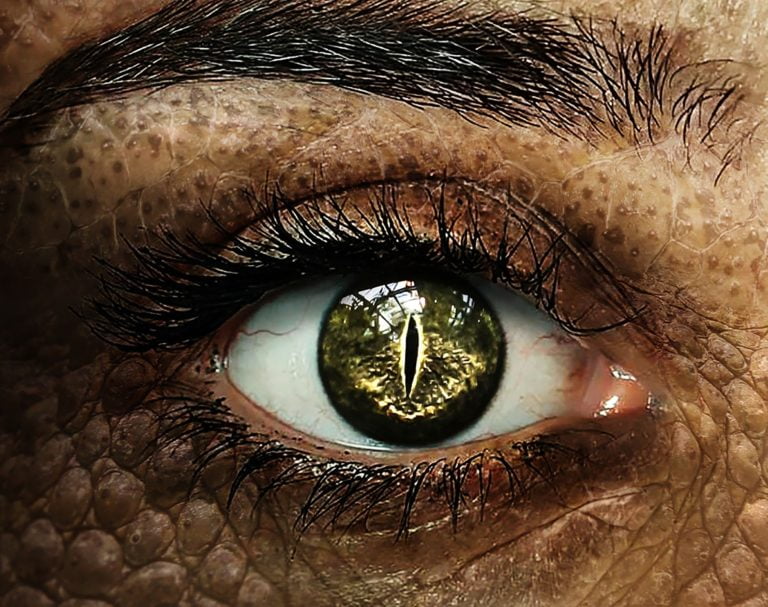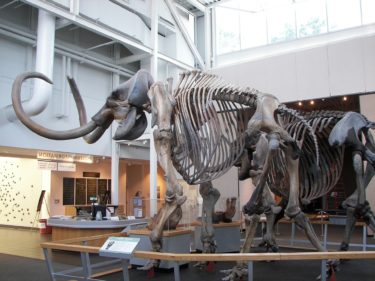Covid tests have been all over the news in the UK lately. There was the news that a private testing facility in the UK was making mistakes in how they applied PCR tests, and the announcement from the UK government that lateral flow tests for vaccinated people will release them from travel related quarantine. Plus there were concerns that PCR tests were not being as good as we previously thought, and on top of that the news that the lateral flow tests we’re routinely using – the ones I’ve written about before – are more sensitive than we previously thought.
Here’s a few of the headlines about the accuracy of lateral flow tests:
COVID-19: Lateral flow tests are more accurate than previously thought, researchers find
Sky News, 14th October 2021
Covid lateral flow tests ‘more accurate than thought’ and positives ‘should be trusted’
The Mirror, 14th October 2021
Covid: Lateral flow tests more accurate than first thought, study finds
BBC, 14th October 2021
Lateral flow test accuracy
The study cited at the heart of these articles isn’t actually based on new data – it’s based on a recalculation of the old data. When we’re testing if the lateral flow tests are any good, we’re usually comparing them against the “gold standard” of the PCR test. The problem is that the PCR test, as I’ve written before, probably shouldn’t be the “gold standard”. The PCR test catches between 71% and 98% of positive Covid cases. Those numbers will vary based on a variety of things but the bottom line is that PCR tests will miss some cases of Covid.
If you’re using an imperfect test (such as the PCR) to validate an imperfect test (like the lateral flow test), but you’re pretending one of those tests (PCR) isn’t imperfect, then your numbers will inevitably be off. The researchers behind this new study recognised that, so they did some calculations and decided on a new way of calculating the sensitivity of lateral flow tests.

Sensitivity is essentially how many positive cases you will catch; specificity is the risk of getting false negatives. Both lateral flow tests and PCR tests are really pretty specific – if they give you a positive result you almost certainly have Covid. But they both have gaps in their sensitivity – they will both miss positive cases some of the time. The key question is how often will they miss cases of Covid? This new study suggests that calculating this isn’t as simple as comparing the two tests side by side.
Importantly, the results of the study doesn’t mean the lateral flow tests are actually spotting more Covid cases – they’re still limited by their limitations, because any scientific test we do has limitations.
Lateral flow test limitations
Lateral flow tests work by detecting the level of antigens against Sars-CoV-2 in your throat and nose. Unlike with PCR tests, there’s no amplification step, so if you have really low levels of virus in your system the test is more likely to miss it. It might show up as a very faint line on the test, or it might not show up at all.
You’re also only going to pick up a Covid case if you test on the right day. When you’re infected with a virus it takes a few days for the virus to build up in your system, and then as your body fights it off the number of viral particles goes down. So, when you’re exposed, you have low but increasing levels of the virus in the days after exposure – until you reach a peak, at which point the levels of virus start to drop again. If you test in the first twenty-four hours after exposure, you’re not going to see the virus even if it’s present in your system. If you wait until seven days later, you’re going to miss it too. We think about 3-5 days post-exposure is the testing sweet spot for a lateral flow test, though it might vary depending on what variant you’ve been exposed to, and whether or not you’re vaccinated.
Another limitation of the lateral flow test is the process itself – when you take a lateral flow test you need to prepare your surface, clean your hands and then take a swab sample of the throat and nose. Then you need to transfer the swab sample into a sample solution and then transfer that solution on to the lateral flow strip. There are multiple steps at which you can easily make a mistake. We all do it – even the trained health professionals will make mistakes from time to time. But an average person is more likely to make a mistake. According to one study – laboratory scientists might have an accuracy of 79% compared to the (not quite gold standard) PCR tests, whereas people doing the tests at home only catch 58% of Covid cases. And trained healthcare professionals are somewhere in between.
Then there’s variation across manufacturer. According to a Nature review on the topic, high viral load is fairly reliably detected across all of the different lateral flow tests that different companies make – once the viral load is a bit lower, you start to see quite a lot of variation across different tests. The department of Health and Social care are predominantly using the Innova tests, which are usually produced on behalf of Innova by a company called Xiamen Biotime Biotechnology. A recent Cochrane review found that these tests have an average sensitivity of 47-57% which means they’re missing almost half of all Covid cases that PCR tests would catch. Plus, there are some concerns that the manufacturer doesn’t have quite the quality control measures in place we would like.
But that doesn’t mean these tests are a bad thing – it just means we need to be aware of the limitations.
How to use lateral flow testing
Lateral flow tests for Covid are very similar to lateral flow tests for pregnancy, but less sensitive – we’ve been working on pregnancy tests for a long time, and the biology of how we detect it means those tests are brilliant. But if that wasn’t the case, if hypothetically we thought pregnancy tests missed a decent number of pregnancies, we wouldn’t just shrug our shoulders after a negative result. If in this hypothetical world, you thought you might be pregnant and a test said you weren’t – you’d take another test, to make sure. You’d probably take a few more, in fact. And because in this hypothetical scenario the specificity was high but the sensitivity was low, you’d assume any single positive result was true (because the tests don’t give many false positives), but you’d take any one negative result as potentially false (because the tests give lots of false negatives).
That’s how we should be using lateral flow tests. If you are symptom-free but you’re interacting with people outside of your bubble regularly, you should be taking lateral flow tests every three or four days – partly because exposure can happen at any time, and partly because regularity helps mitigate some of the other limitations. If you do find you are exposed to Covid, you should definitely follow the self-isolation guidance of your area, but I’d also suggest taking a lateral flow test daily. The more tests you take, the more likely that at least one of them will catch a positive case. If you develop symptoms, you should get a PCR test as government guidance advises.

Confirmatory PCR testing
What about when your lateral flow test comes back positive – what should you do? The data suggests that the risk of a false positive from these lateral flow tests is virtually zero. The Cochrane systemic review says that these Innova test we’re using are 99.8% specific. They are just not giving false positives – so, you should definitely trust a positive result. Yet this is not the guidance from the UK government: government guidance refers to “confirmatory PCR tests”. In a press release from March this year, the government said:
Contact tracing will continue to be triggered by a positive LFD result in assisted settings, but will be stopped automatically after receipt of a negative confirmatory PCR test, if the PCR was taken within the 2 days following the positive LFD result.
Many workplaces are using “confirmatory PCR tests” in a similar way.
And this is a problem, because PCR tests aren’t perfect either. That is why we have seen a slew of news reports over the past few months talking about the “bizarre” cases where people with positive lateral flow test results have negative PCR test results. It isn’t at all bizarre, once you factor in the limitations of the PCR tests. No testing option is perfect; all of them will miss cases and both PCR and lateral flow test testing options will produce false negatives. If multiple tests produce conflicting results, we should act on the assumption that the positive result is correct.
PCR testing mistakes
When you combine this misunderstanding and, in my opinion, misguided policy around confirmatory PCR tests, with serious mistakes like those made a testing facility in Wolverhampton, we start to get real issues. Recently the lab was said to have given 43,000 people false negative results from PCR testing. As the The Guardian reported:
Dr Kit Yates, a mathematical biologist at the University of Bath, said: “We now know 43,000 people are believed to have been given false negatives, but this doesn’t even come near to the cost of the mistake. Many of these people will have been forced into school or work, potentially infecting others. This could be part of the reason behind some of the recent rises we’ve seen.
The Guardian article also says:
NHS test and trace has suspended testing operations provided by Immensa Health Clinic Ltd at its laboratory in Wolverhampton following an investigation into reports of people receiving negative PCR test results after they have previously tested positive on a lateral flow device (LFD).
If this is accurate, the issue isn’t just with mistakes being made by this laboratory – the issue is also that we are not trusting the lateral flow tests when they give a positive result, when we absolutely should be. People should not be forced into school or work if they had a positive lateral flow test result, regardless of whether they also have a negative PCR result. If you have a positive lateral flow test result, you are incredibly likely to have Covid.
The big problem is that there is a significant amount of confusion – understandable confusion, but confusion nonetheless. That’s precisely why we need reliable policy and good communication on how to handle things.
My advice
Lateral flow tests miss Covid cases, so if you have symptoms or you believe you might have been exposed to Covid, you should get a PCR test and do repeated lateral flow tests. PCR tests also miss Covid cases, so take any positive result as proof you have Covid, and don’t take any negative results as gospel. Even if you’ve had a negative PCR test, and lateral flow tests over multiple days that are also all negative, but you have symptoms – be extra cautious. Keep an extra bit of distance from people, avoid meeting anyone vulnerable, and be extra vigilant about mask wearing, ventilation and hand washing. Let the people you have plans with know ahead of time that you have symptoms and you’ve taken these steps to check if it’s Covid, and then give them the opportunity to withdraw from those plans if they choose to.
And if you don’t have symptoms but you’re out and about in the world? Keep wearing your mask indoors, keep social distancing where you can, think about ventilation and the number of people in the size of the room you’re in. And take those lateral flow tests every few days. But remember a negative test result doesn’t mean you definitely don’t have Covid.














